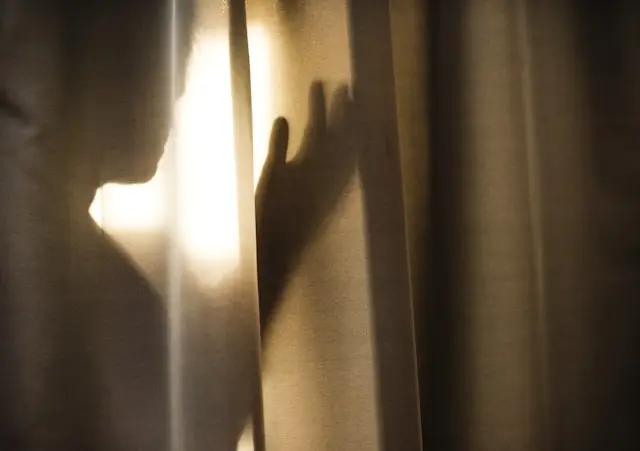From Illusion to Truth: How Ancient Spiritual Teachings Unveil the Nature of Reality
Why Seek the Nature of Reality?
Every human culture has asked the same fundamental question: What is real? Our senses present one version of the world—solid, fixed, obvious. Yet mystics, sages, and philosophers have long suggested that what we perceive is only a surface layer, a shimmering veil of illusion.
Ancient spiritual teachings invite us to move beyond appearances, to see through the illusions of the mind, and to awaken to a deeper truth. This journey—from illusion to truth—is not merely abstract philosophy. It shapes how we live, love, and find meaning.
The Veil of Illusion in Ancient Wisdom
Hindu Vedanta: The Concept of Maya
In Vedanta, Maya refers to the cosmic illusion that veils ultimate reality (Brahman). Like a dream, the world feels real until awakening reveals its deeper nature.
Example: A rope mistaken for a snake at dusk—fearful until the truth is seen.
Teaching: Our perceptions often distort reality; spiritual practice helps us see clearly.
Buddhism: Emptiness and Impermanence
Buddhism teaches that all phenomena are empty (śūnyatā) of fixed essence. What we call “self” is a flow of changing processes.
Example: The body constantly renews cells; thoughts arise and dissolve like clouds.
Teaching: Clinging to what is impermanent creates suffering. Insight into emptiness opens freedom.
Plato: The Allegory of the Cave
In Greek philosophy, Plato’s cave illustrates illusion: prisoners mistake shadows on a wall for reality until one turns and sees the fire—and beyond it, the sun.
Teaching: Reality requires turning from appearances toward truth, often through philosophical or spiritual practice.
Science and Illusion: What Modern Research Suggests
Modern neuroscience affirms what ancient sages intuited: our perceptions are constructs.
Studies show the brain filters sensory input, creating an “internal model” of reality rather than direct truth.
Cognitive psychology reveals confirmation bias—we see what we expect.
Quantum physics suggests matter is not solid but energy vibrating in fields, echoing mystical descriptions of reality as interconnected and dynamic.
These findings reinforce the ancient claim: what we take as absolute reality is often a useful but partial illusion.
The Journey from Illusion to Truth
Step 1: Recognising the Illusion
The first step is humility—admitting that what we see may not be the whole story. Ancient texts encourage self-inquiry: Who am I? What is this world?
Step 2: Inner Practices of Clarity
Meditation: Calms the mind, allowing us to see thoughts as passing appearances.
Contemplation: Reflecting on teachings like impermanence or Maya dissolves rigid assumptions.
Breathwork: Ancient yogic practices show how subtle shifts in awareness alter perception.
Step 3: Direct Experience of Truth
At moments, seekers describe glimpses of reality as:
Unity: A sense that all life is interconnected.
Timelessness: An awareness beyond past and future.
Stillness: A deep peace that is not dependent on circumstances.
These insights, though ineffable, align across traditions—from Christian mystics like Meister Eckhart to Taoist sages like Laozi.
Living with the Knowledge of Illusion
Understanding reality as layered illusion is not an excuse for detachment from life. Instead, it fosters compassion and freedom.
Compassion: If all beings are interconnected, harming another is harming oneself.
Freedom: By seeing through illusions of status, possessions, or rigid identity, we release unnecessary suffering.
Purpose: Awakening to truth often shifts life towards service, creativity, or presence.
As the Zen saying goes: Before enlightenment, chop wood, carry water. After enlightenment, chop wood, carry water. The world is the same, but we live with new eyes.
FAQ: Illusion and the Nature of Reality
What does “illusion” mean in spiritual teachings?
It refers not to fantasy but to mistaking appearances for ultimate reality. The world is real, but not as fixed or separate as we assume.
Are science and spirituality saying the same thing?
Not identical, but complementary. Neuroscience and quantum physics show perception is limited and matter is dynamic, resonating with mystical insights.
Can anyone experience the truth beyond illusion?
Yes. Through meditation, contemplation, or profound life experiences, many report glimpses of deeper reality. These are not reserved for mystics.
Conclusion: Walking Between Worlds
Ancient spiritual teachings—from Vedanta’s Maya to Buddhism’s emptiness, from Plato’s cave to modern neuroscience—all echo a single truth: the world of appearances is not the full story.
To move from illusion to truth is to awaken to reality as interconnected, dynamic, and alive. This awakening does not remove us from daily life but infuses it with clarity, compassion, and peace.
The invitation is simple yet profound: look beyond the veil, question your assumptions, and open yourself to the deeper reality that has always been here.
Additional Resources
Why not treat yourself to a Meditation Retreat in the beautiful Devon Countryside?
This post may also interest you: When the Path Feels Lost
Best Wishes,
David.
© D. R. Durham, All rights reserved, 2025.




